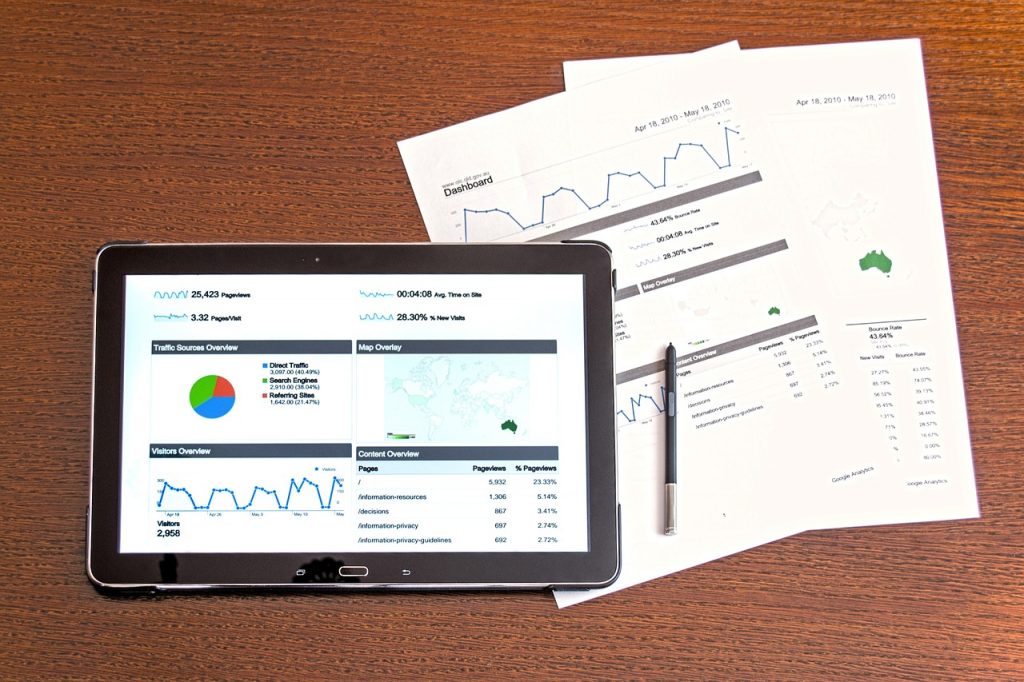如何解读损益表
在餐饮行业中,损益报告是一个非常重要的工具,它能够帮助我们从宏观角度上了解餐厅的财务状 况,不过这也取决于您的报告的详细程度。损益报告还能够显示出什么是运营良好的,什么是不好 的,哪方面需要您更多地关注。因此,学习如何解读损益报告对餐厅的成功十分重要。
现在我们就来看看您的损益报告。首先,有两个重要元素决定了这份报告对您和您的企业有多大的 帮助。
1.细节:如果您的报告上只分了“食物”和“饮料”这两个类别,那么当您的数据错了的时候,要 找出问题出在哪里就非常麻烦了。您的报告越详细,例如:葡萄酒、啤酒、雪碧、不含酒精的饮料、 开胃菜、零售等;越容易知道问题在哪里,就越容易解决问题。
2.多久总结一次报告:如果您一年总结一次报告的话,对您的生意没有任何帮助;因为到那时,您 所有的问题已经发生过了,并且没有挽回的机会。试试每月甚至每周进行一次报告总结,这样您能够及时地发现任何不正确的地方,并在问题扩大之前及时止损。
我们把损益表分成三个部分,如果您面前正好有一份,您可以跟我们一起来看看。
第一部分:收入
收入即为销售,正如上面提到的,细节是关键!您的报告包含的内容越详细,就越容易修复可能发生 的任何漏洞。您的报告会告诉您每种产品在总销售额中所占的百分比。这对于确定您在哪些方面比较优秀,以及您想在哪些类别中提高销量非常有帮助。
第二部分:商品成本(COGS)
这些是基于您购买的原材料而制作的在销产品的费用计算。这些费用已包括在第 3 条所列的您的业 务费用,您可以使用下列款项算式计算:
期初存货+收到的订单-期末存货=该期间的产品使用量
算式结果应该展示您在每个板块中使用了多少的产品,最后的结果应该是第一部分的数据。您应该 在损益报告中设置相对应的理想成本,如果所得数据在范围之外的话,那么您应该做相应的调查来 看看哪里出了问题。
同样,您的报告越详细您的调查效率就越高,这样就能够更快速的止损。如果您所有的酒吧条目销 售额都在“酒吧”这一个大类之下,那么您将很难弄清楚哪里的东西不见了,但是如果您的报告被 详细分类,那么您的调查将会进行得更快。
第三部分:费用
您的费用将被分成两部分:基本成本和运营成本,这些都在下面详细说明。
– 基本成本。意思是材料和劳动力方面的直接成本。在餐厅里,您的商品就是食品和饮料,您 的劳动力成本是报告期间所有劳动力费用的总和——别忘了包括经理的工资和您支付的任何员工福利!最主要的成本是您在您的餐厅里控制得最多的成本,所以这些是非常重要的。如 果这些数字不合适,那么您应该关注原因,并尽快想出解决方案。
– 运营成本。这些费用包括固定成本,如租金、许可证、设备租赁等,每月的账单都是一样的 ,加上可变成本,如音乐和娱乐、公用事业、维修和保养等,每月的账单各不相同;因此标题为“固定的”和“可变的”。您的运营费用并没有直接贡献给您的销售,但仍然是维持您 的业务运作所必需的。
在所有这些的末尾,有一个汇总部分,汇总了您的收入和所有支出,给出了您是否盈利的报告数字; 这都是在缴税之前的情况,但这又是另外一回事了。

对于您的每项商品成本以及每项花费,都有行业标准的百分比成本,但是我们又各不相同,因为我 们的餐厅场地都是不同的,有不同的地域,不同种类的酒,以及不同的利基市场。然而,对于我们 所有人来说,困难都是一样的,如果这些数字中有任何一个是有问题的,那么您就必须掘地三尺找出根源。这可能是一个耗时的任务,因此我们需要总结损益表,并使它们尽可能详细;这样我们才能 经营一个成功的企业并从中获利。



